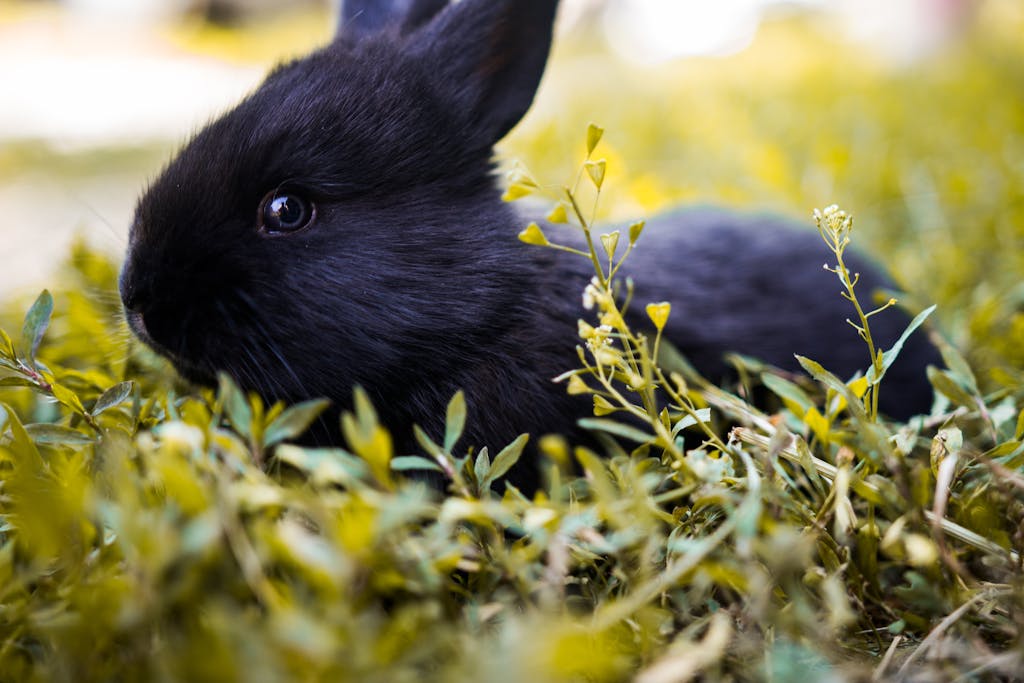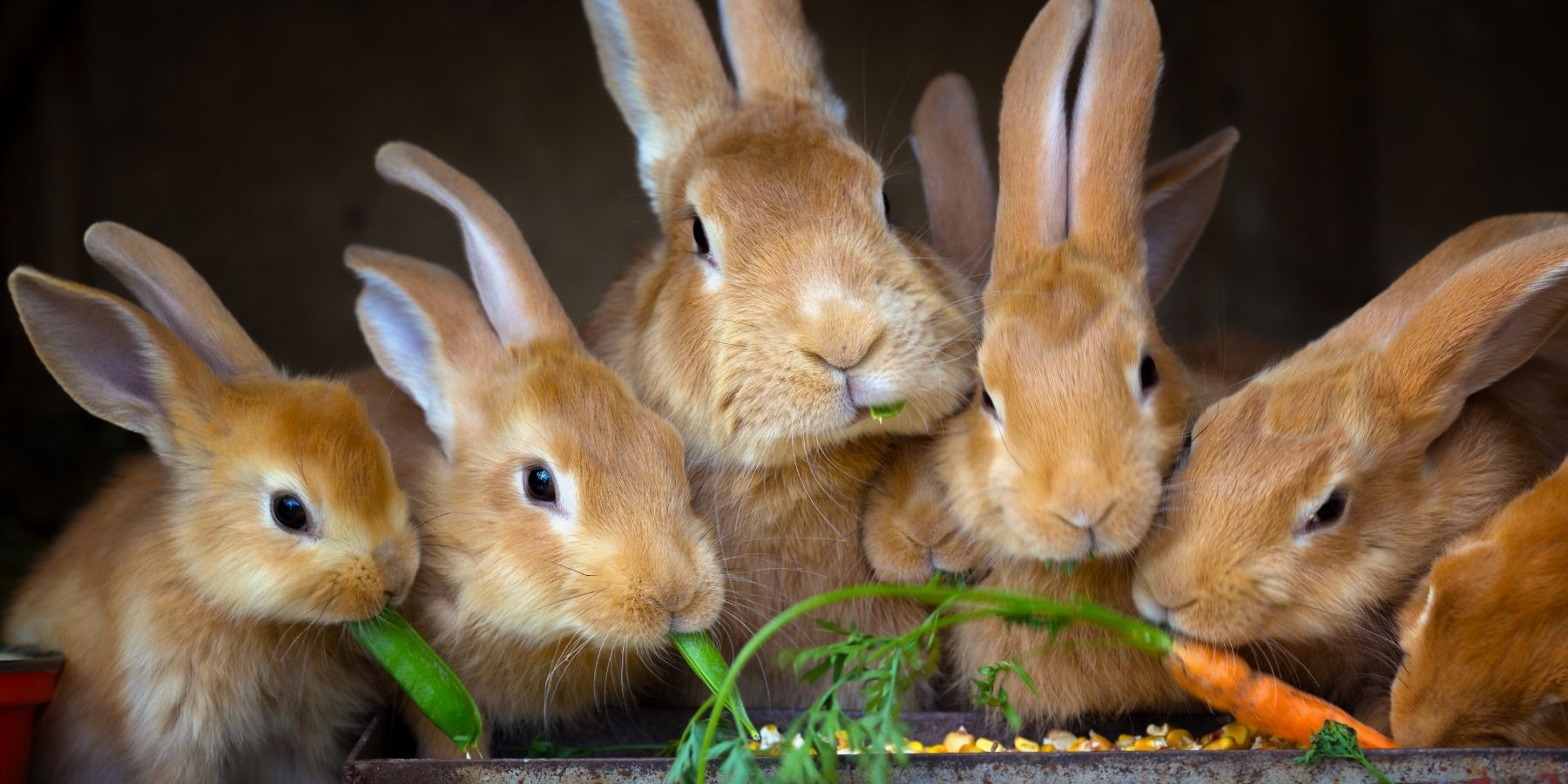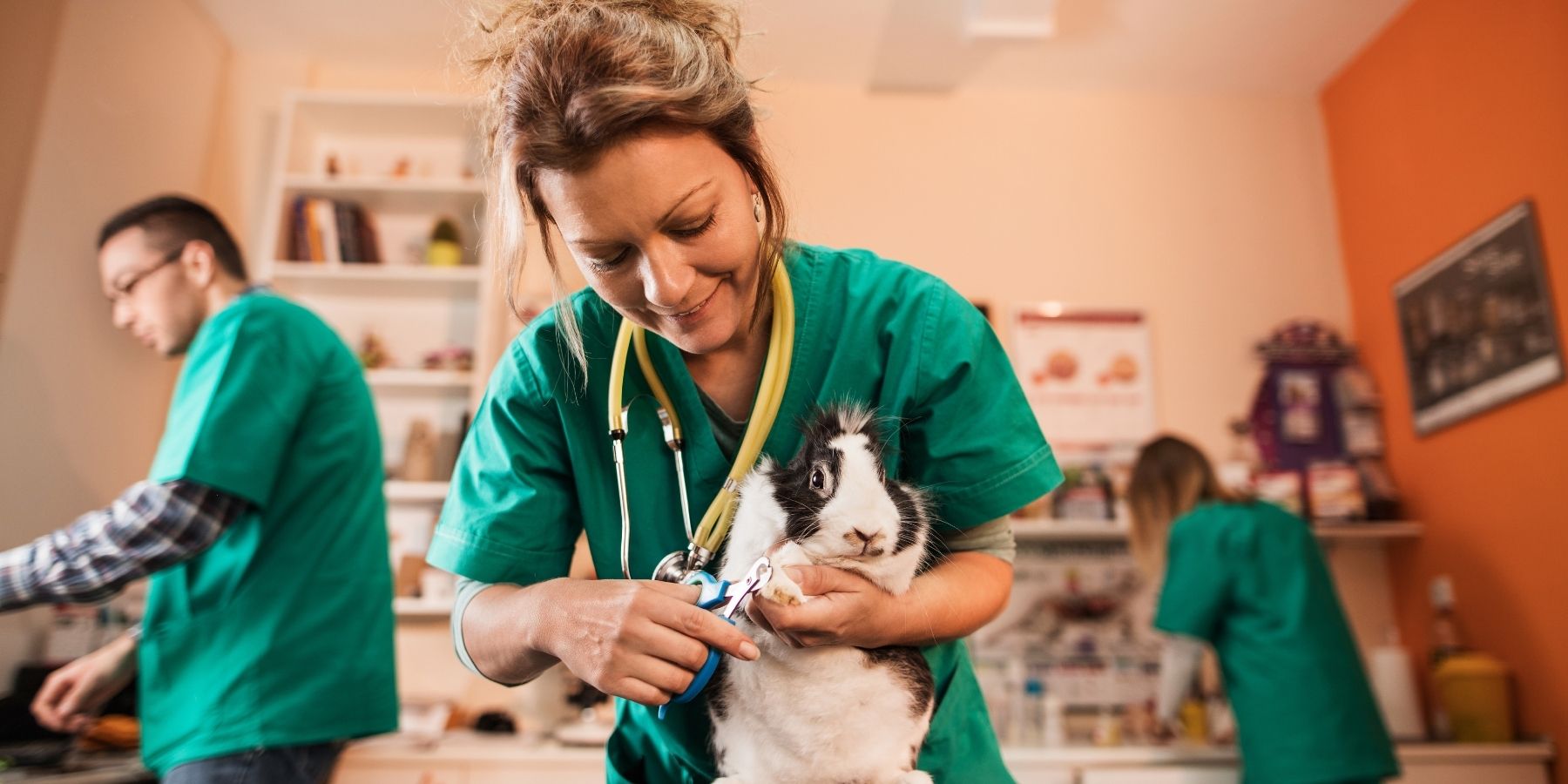Having a Rabbit as a Pet – What To Know
Thinking about getting a rabbit as a pet? Rabbits are wonderful companions known for their gentle nature and sociable behavior. They thrive in environments where they receive plenty of attention and social interactions, making them an excellent choice if you have the time and commitment.
Rabbits are remarkably clean animals. With proper training, they can even be litter-trained, much like cats. Their grooming routines are thorough, but you’ll still need to brush them regularly to prevent their fur from matting and to check for any health issues.
Their playful and curious nature keeps them active and engaging. It’s important to provide your rabbit with plenty of space to hop around and explore, along with various toys to keep them mentally stimulated. Adopting a pet rabbit means welcoming a delightful and loving animal into your home.
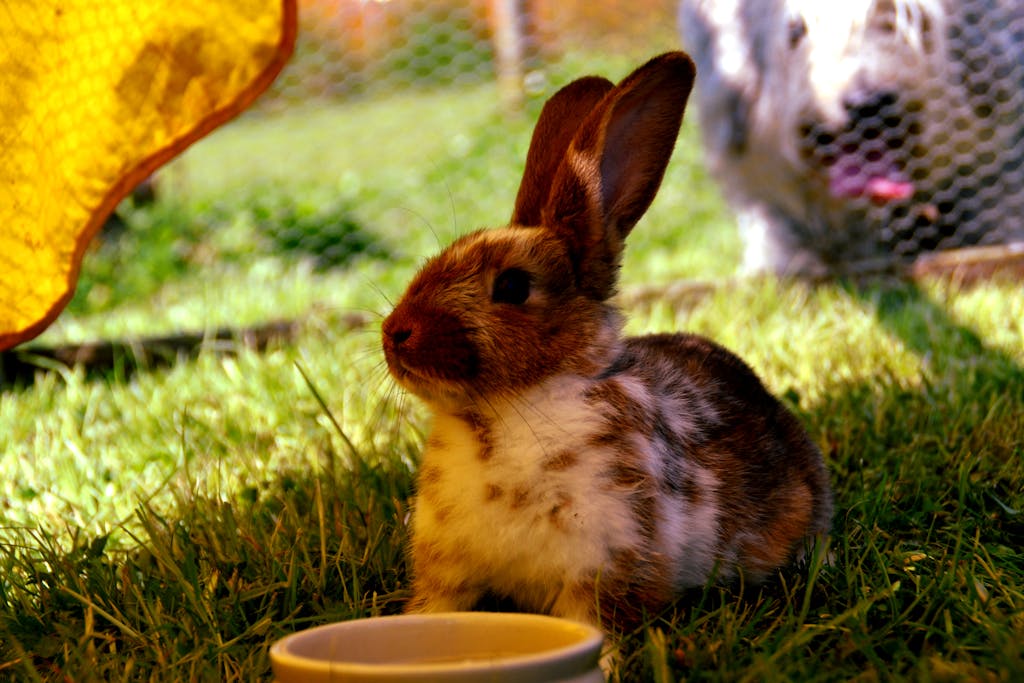
Choosing the Right Rabbit
Selecting a pet rabbit involves understanding breed differences, evaluating the size that fits your lifestyle, and deciding between adopting from a shelter or buying from a breeder.
Breed Differences
Rabbits come in various breeds, each with unique characteristics. Netherland Dwarfs are small and playful but can be skittish. Flemish Giants are large and laid-back, suitable for families with space. Mini Rex rabbits have plush fur and a friendly temperament. Consider temperament, grooming needs, and activity levels before choosing.
Size Considerations
Rabbits range from tiny breeds like the Netherland Dwarf (weighing around 2 pounds) to larger breeds like the Flemish Giant (up to 14 pounds or more). Smaller rabbits require less space and food but may be more delicate. Larger rabbits might need a bigger enclosure and more food but often have more docile personalities.
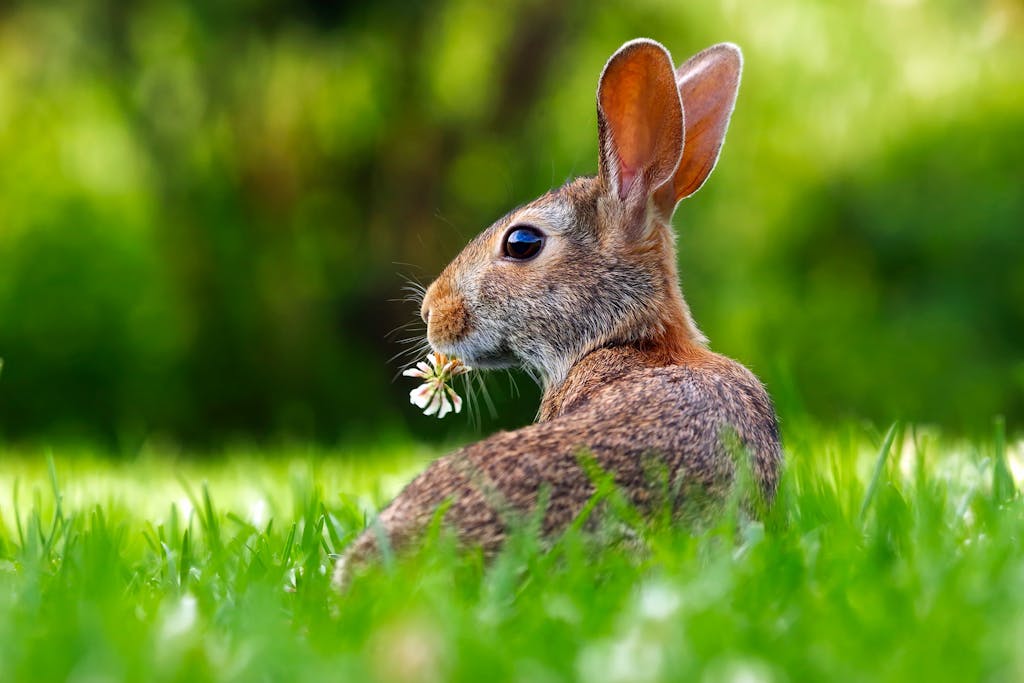
Shelter vs. Breeder
Adopting from a shelter can give a homeless rabbit a new start. Shelter rabbits are often vetted for health and personality, making the process easier. Breeders can offer specific breeds but always research their practices. Ensure they’re reputable and prioritize the rabbits’ health and well-being.
Setting Up a Healthy Environment
Creating a safe and comfortable living space for your rabbit is crucial for its well-being. Key factors include proper housing, suitable litter box setup, and making your home rabbit-proof.
Housing and Space
Your rabbit needs ample space to move and play. An exercise pen is a great option, providing both security and freedom. Ensure the pen is large enough, at least 12 square feet, allowing your rabbit to stand on its hind legs without touching the top.
Flooring is important. Hard surfaces can hurt your rabbit’s feet, so use soft mats or carpets. Include hiding spots and chew toys to stimulate mental activity. Always keep the area clean to prevent illness.
Litter Box Considerations
A litter box is essential for maintaining hygiene. Choose a large, shallow plastic box. Use rabbit-safe litter, avoiding clay or clumping types. Paper-based or wood pellets work best.
Place the litter box in a corner of the pen, as rabbits prefer to use a particular spot. Regularly clean the box, but leave a small amount of soiled litter to remind your rabbit where to go.

Rabbit-Proofing Your Home
Rabbits love to chew, making rabbit-proofing your home crucial. Cover electrical cords with protective tubing or hide them completely to prevent accidents. Use baby gates to block off restricted areas.
Protect your furniture by using deterrent sprays safe for animals. Ensure all plants are non-toxic and out of reach. Securing your home eliminates potential hazards, keeping your rabbit safe.
Nutrition and Diet
Providing the right nutrition and diet for your rabbit is crucial. Key components include hay, fresh vegetables and fruits, and specially formulated pellets and treats.
Hay and Fiber
Hay is the cornerstone of a rabbit’s diet. Timothy hay, oat hay, and meadow hay are excellent choices rich in fiber. Fiber is essential for their digestive health and helps to wear down their constantly growing teeth. Offer unlimited hay to ensure they get the necessary amount of fiber.
Fresh hay should be available at all times. Choose high-quality hay and avoid any that appears dusty or moldy. Place it in a clean, dry area of their habitat.
Including hay in their diet ensures your rabbit’s gastrointestinal tract operates smoothly, reducing the risk of blockages and other health issues.
Fresh Vegetables and Fruits
Fresh vegetables provide essential vitamins and minerals. Offer a variety of leafy greens like parsley, lettuces, broccoli, spinach, and mustard greens. Avoid vegetables high in oxalates and calcium which can harm your rabbit in large quantities.
Introduce new vegetables gradually and in moderation. Carrots and cucumbers can be given occasionally. Always wash them thoroughly to remove pesticides.
Fruits should be treated as occasional treats due to their high sugar content. Consider small pieces of apples, bananas, or berries. Always remember to remove any seeds or pits.
Pellets and Treats
Commercial pellets can supplement a rabbit’s diet but should not constitute the main part. Choose high-fiber, low-protein pellets without too much corn or artificial ingredients. Generally, 1/4 cup per 5 pounds of body weight daily is sufficient.
Avoid overfeeding pellets to prevent obesity. Use treats sparingly and opt for natural options when possible. Suitable treats include small pieces of fresh fruits or special rabbit-safe snacks available at pet stores.
Clean, fresh water should always be available. Replace it daily to keep it free of contaminants.
Proper nutrition through a balanced diet ensures your rabbit remains healthy and active.
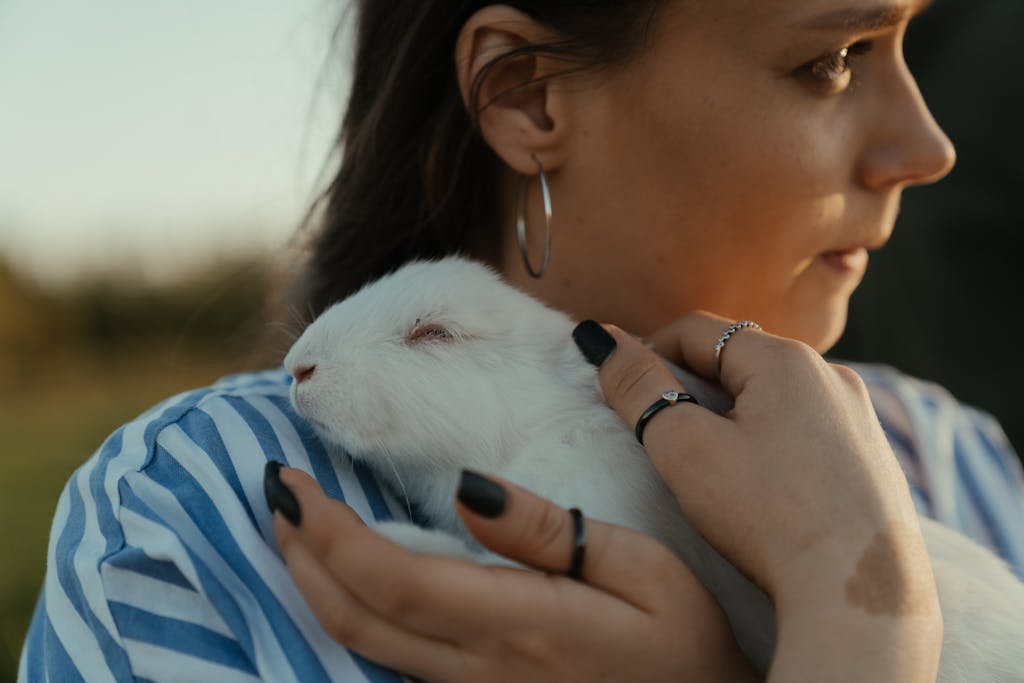
Health and Wellness
Your rabbit’s health and wellness are crucial to ensure a long and happy life. Key aspects include monitoring common health issues, understanding the benefits of spaying or neutering, and ensuring regular veterinary care.
Common Health Issues
Rabbits are prone to certain health problems. Dental issues, such as overgrown teeth, are common and can cause pain and eating difficulties. Monitor their teeth regularly and provide hay to help wear them down naturally. GI stasis is a serious condition where the digestive system slows or stops, often due to a low-fiber diet or stress.
Rabbits can also suffer from respiratory infections. Watch for symptoms like sneezing or nasal discharge. Skin problems, such as mites or fur loss, may occur. Regular grooming and observing any changes can help detect these issues early. Vaccinations can protect against viral diseases like Rabbit Hemorrhagic Disease (RHD).
Importance of Spaying and Neutering
Spaying or neutering your rabbit has significant health benefits. For females, spaying can prevent uterine cancer, which is common in unspayed rabbits. Both males and females can benefit from reduced territorial aggression. This procedure can also decrease the likelihood of unwanted behaviors, such as spraying.
Spaying or neutering can reduce the risk of certain cancers, improving your rabbit’s quality of life. Discuss with your veterinarian the best time to perform the procedure, generally recommended before they reach sexual maturity.
Regular Veterinary Care
Regular veterinary care is essential for maintaining your rabbit’s health. Schedule annual check-ups with a vet experienced in rabbit care. These visits can help detect potential health issues early. Ensure your rabbit receives necessary vaccinations and dental check-ups.
Your vet can also provide guidance on proper diet, grooming, and general care. Keep track of any changes in your rabbit’s behavior or appetite and communicate these to your vet. Early intervention can often prevent minor issues from becoming serious problems.
Behavior and Social Needs
Rabbits are affectionate and social animals. They require proper social interaction, daily exercise, enrichment, and training to thrive and be happy.
Socialization and Bonding
Having a bonded pair is vital. Rabbits are highly social and form strong connections with other rabbits. If introducing a new rabbit, ensure a slow and supervised introduction to avoid fights. Bonding sessions should be frequent and in a neutral space.
Interaction with humans is also crucial. Regular handling helps build trust and reduces stress. Rabbits enjoy gentle petting and spending time near their human companions. Providing a variety of safe toys and hiding spaces can also enhance their social experience.
Exercise and Enrichment
Rabbits need ample space to run, hop, and explore. A large play area, either indoors or outdoors, ensures they stay active. Daily exercise helps prevent obesity and related health issues. Supervised outdoor time can provide fresh air and new stimuli.
Enrichment is essential for mental stimulation. Offer a variety of toys and activities like tunnels, chew toys, and digging boxes. Rotate toys regularly to keep them engaged. Simple household items like cardboard boxes can also provide hours of fun.
Training and Tricks
Training your rabbit can be rewarding. Start with litter training for easier cleanup and management. Use positive reinforcement, such as treats and gentle praise, to encourage desired behaviors. Consistency and patience are key.
Rabbits can learn tricks like standing on hind legs, coming when called, and even jumping through hoops. Short training sessions help maintain their interest and prevent fatigue. Training not only entertains them but also strengthens the bond between you and your rabbit.

